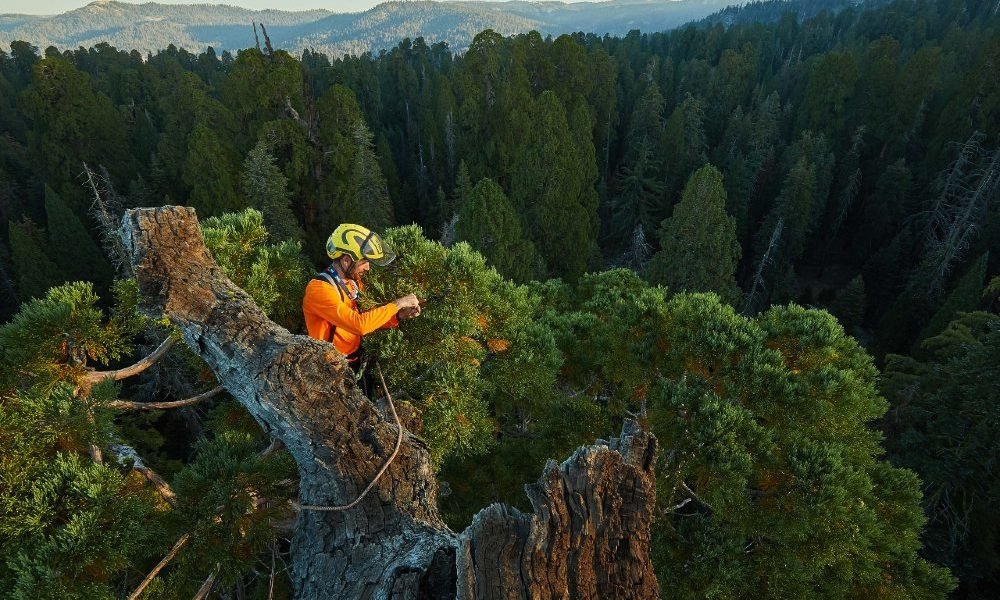
Giant Sequoia Trees Are In Danger: Here’s Why
Giant sequoia trees are known survivors. Some even call them “forever” trees. Typically living up to 3,000 years, the iconic behemoths withstand countless fires, drought and snowstorms as the centuries trickle by.
However, today’s giant sequoias face dangers that threaten their survival in alarming new ways.
Sequoia Parks Conservancy (SPC) works in partnership with the National Park Service to study and protect the natural environment within Sequoia and Kings Canyon National Parks.
Specifically, they’re on a mission to better understand and save the sequoias.
(Top photo: Marmot Society – Ambrose 7)
Climate Change and Giant Sequoias
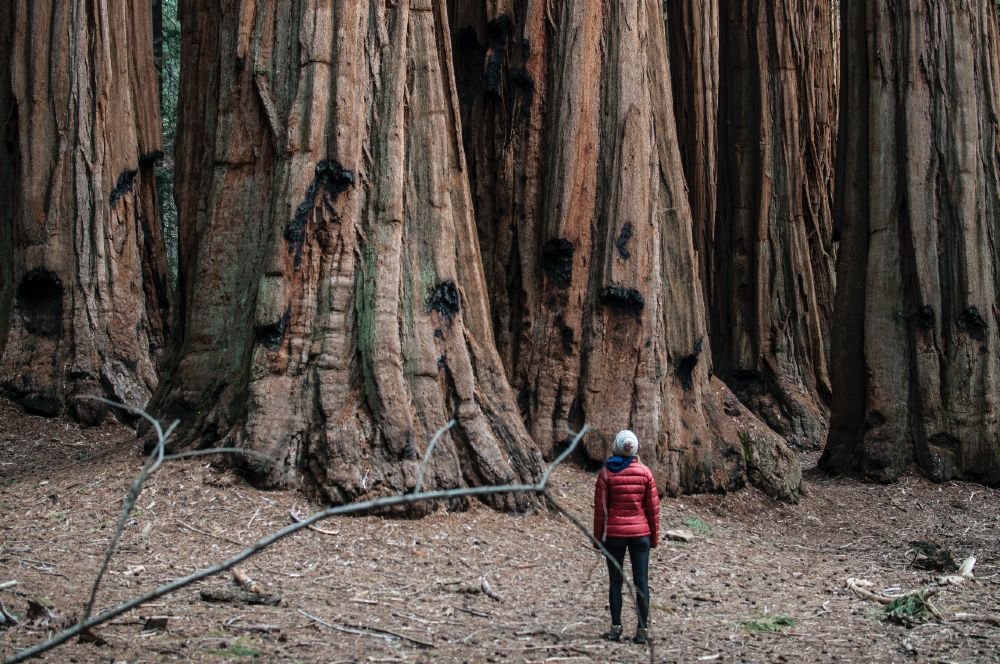
Nearly all the issues that giant sequoias face today can be traced back to one beast: climate change.
“Our biggest challenge right now is climate change, and how to build climate resilience into every operation, every part of national park experience, and every part of our mission for the National Park Service,” SPC Executive Director Savannah Boiano said.
By studying tree rings, scientists can deduce that giant sequoia trees historically show a standard mortality rate of one percent– meaning that no more than one percent of the giant sequoia population usually dies in a year.
“In the mid 2000’s, that began to change,” Boiano said. “After the Castle Fire, data suggests anywhere from 10 to 14% of giant sequoias perished in one fire.”
Giant sequoia trees are actually built to not only survive, but thrive in the midst of forest fires. In the past, naturally occurring fires caused by lightning strikes would burn in small patches– clearing brush, controlling insect populations and providing the heat needed to release seeds from the sequoias’ pine cones.
However, over 100 years of higher than normal build-up of dead and down wood due to fire suppression, consistently high temperatures and droughts in the past decades have made way for ferocious wildland fires that even giant sequoias cannot not resist. The Castle Fire in 2020 killed hundreds of the behemoths.
Sequoia Parks Conservancy’s Efforts
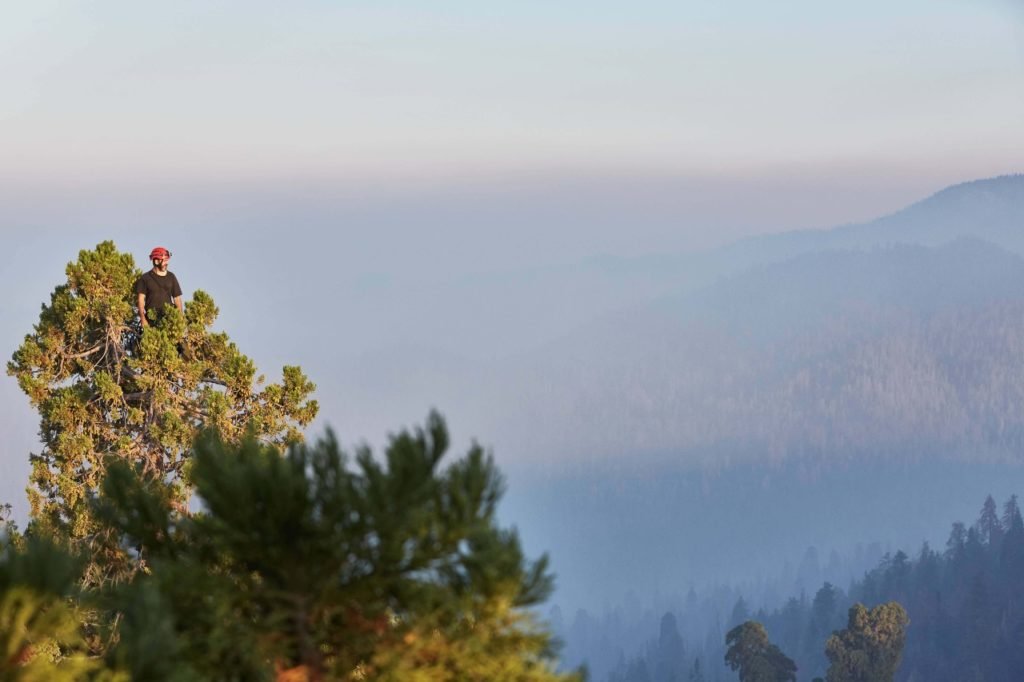
Marmot Society – Baxter 10
The impact of climate change on giant sequoias has forced scientists, conservationists and national park partners to rethink everything they know about the trees. SPC has several projects in motion, from promoting education about giant sequoias to partnering with scientists that learn more about the trees.
Their partnership with the Marmot Society enables the study of sequoias in their natural habitat…with closer access than you may imagine.
“[Marmot Society members] climb the giant sequoias and that is their laboratory,” Boiano said. “It is a living laboratory, where they’re both learning about giant sequoias themselves, the animals and other plants that live within giant sequoias, but also monitoring them trying to come up with some patterns of response that they’re seeing of giant sequoias in the face of climate change. Science-based findings like theirs will help park managers build conservation tools and strategies for giant sequoias.”
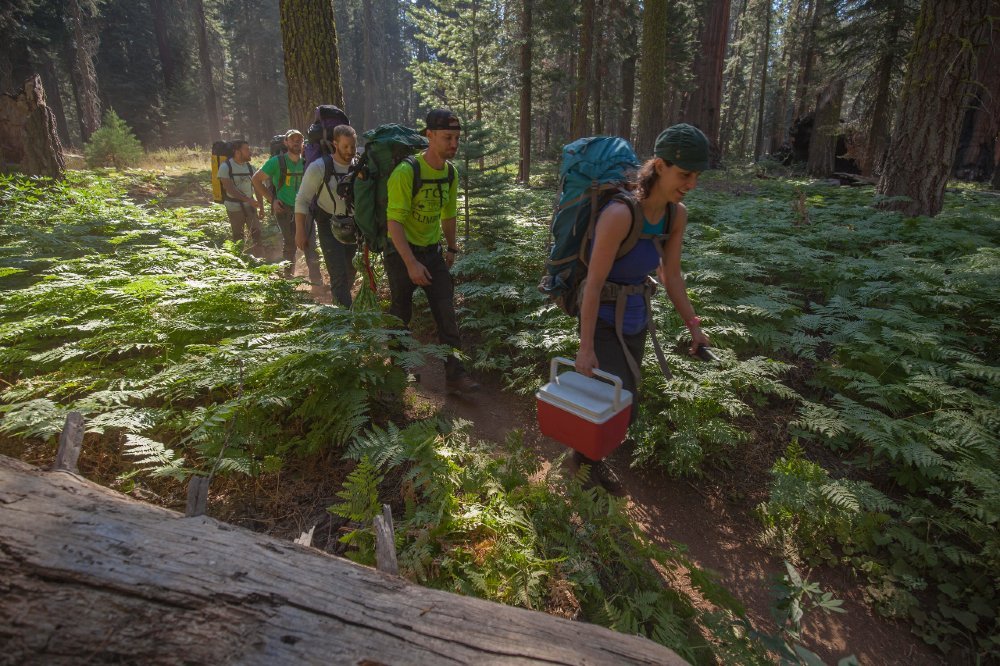
Marmot Society – Ambrose 15
Studying how water operates in the national parks and in the lives of the trees is another project that Boiano said she was proud of.
“A mature giant sequoia drinks almost a swimming pool’s worth of water a day,” Boiano said. “And yet, we really don’t know as much as we thought we knew about the hydrology of the Sierra Nevada.”
Whether it be studying what happens to water after the snow melts, following surface water, or discovering where water percolates underground, this new hydrologic data is key to understanding the life source of the giant sequoias.
The list of other projects funded by the Conservancy goes on to include everything from reintroducing mountain yellow-legged frogs into alpine lake areas to raising funds for a new search and rescue truck.
How You Can Help
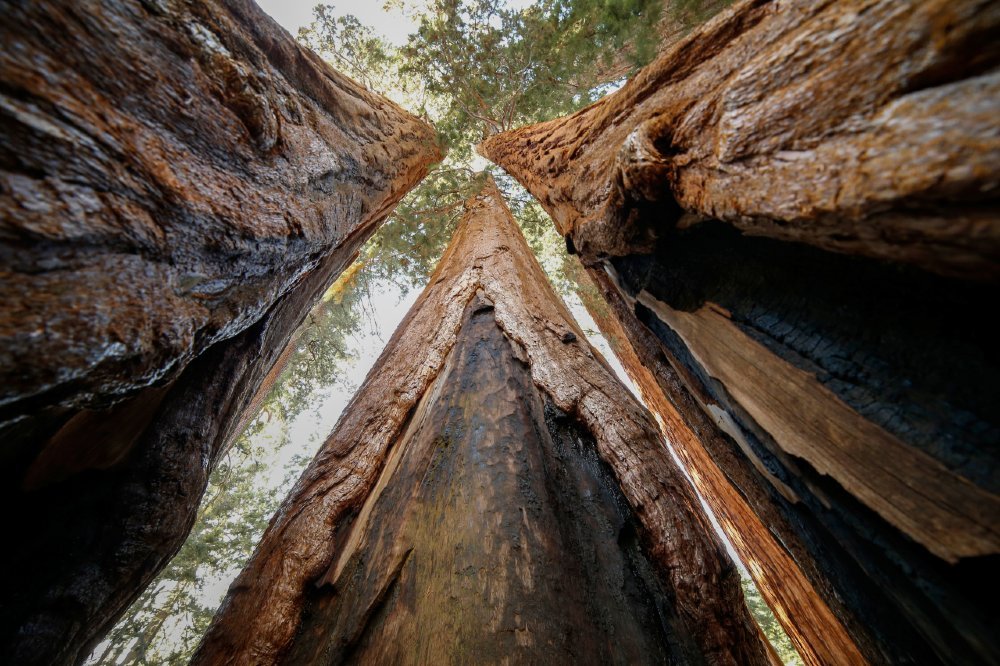
Sequoia NPS – Kiel Maddox
While you may not be well-qualified to climb a giant sequoia and count tree rings or study the hydrology of Sierra Nevada snowmelt, there are many ways the public can contribute to preserving our national parks and public lands.
An easy and obvious way, of course, is to provide financial support. At the SPC’s website, you can choose your favorite program to donate to or give to the general fund.
Boiano suggested volunteering at national parks for a unique experience.
“I would challenge everybody to volunteer at a national park as a unique and great way to see the park in a lesser known venue and to really have a meaningful experience in that national park in the midst of what seems like the biggest tourist season of the year,” Boiano said. “You’re making a direct impact and you’ll have a direct connection.”
In the face of high visitor numbers at the most famous national parks, one way to prevent over visitation is choosing to visit during less popular seasons or choosing to visit lesser-known parks and public lands.
“I think visiting those lesser-known parks really helps new voices come through,” Boiano said. “It’s a wonderful way to keep that conversation alive on how diverse we are as a nation. There are names and faces behind every national park that aren’t always readily available.”
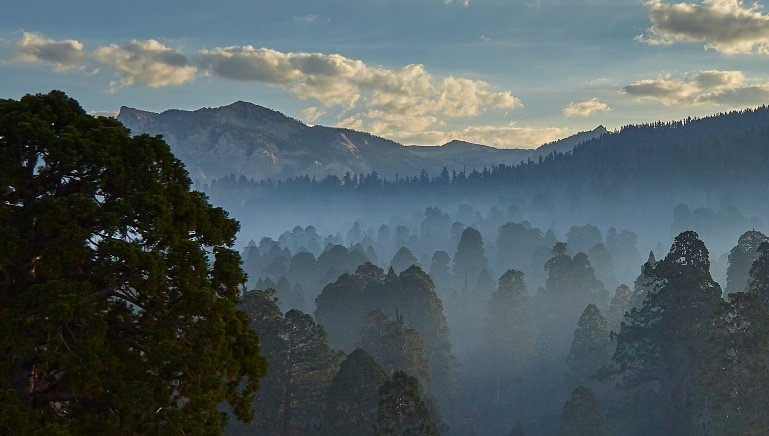
Marmot Society – Ambrose 5
Experience the Sequoias yourself on this itinerary: Stunning Yosemite and Sequoia National Parks
